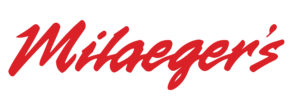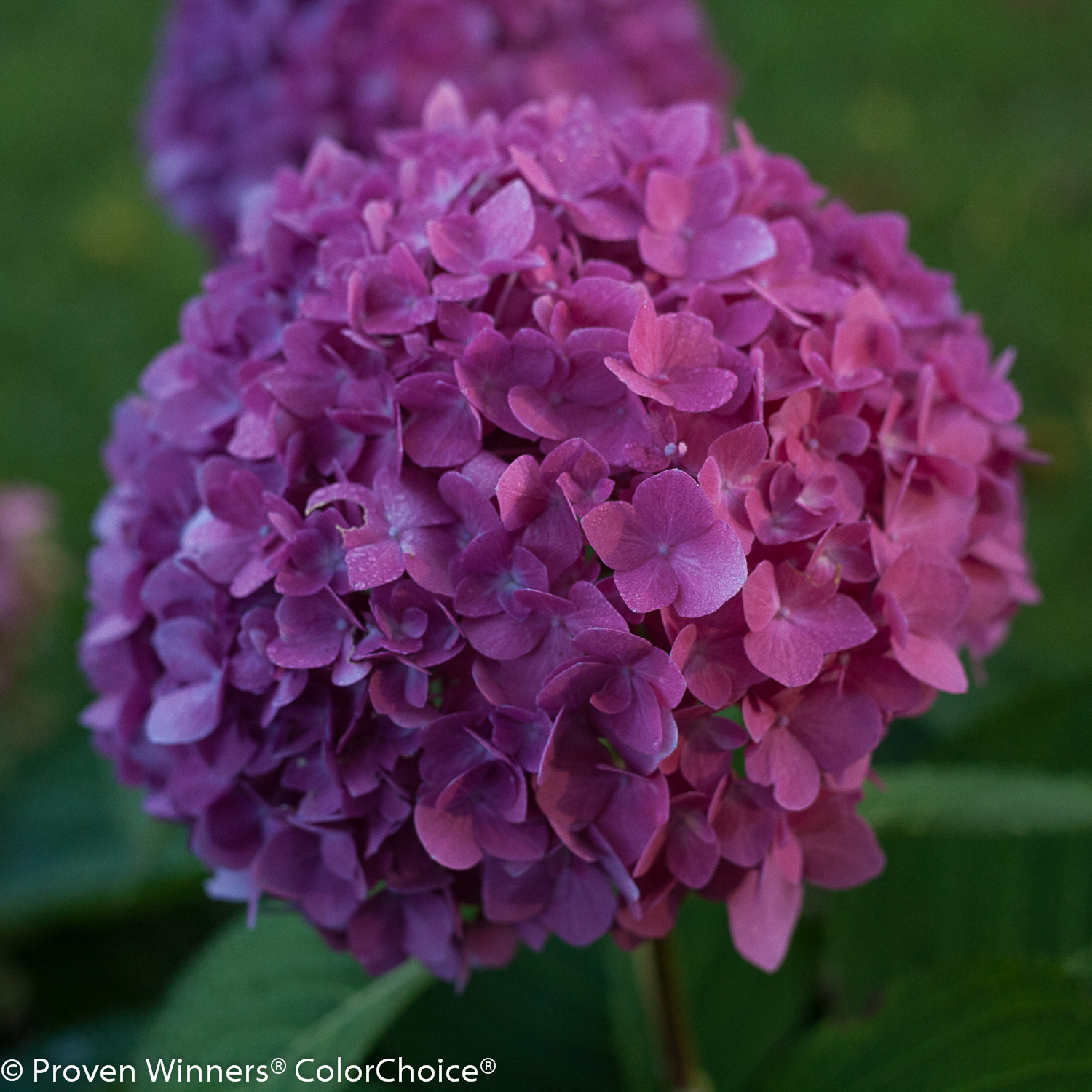Hydrangea Let’s Dance® Rave®
$69.99
Description
Love purple? Love hydrangeas? Let’s Dance Rave hydrangea is the perfect pick!
We spent years evaluating Let’s Dance Rave hydrangea for not just superior good looks but also outstanding performance. It’s simply one of the best rebloomers we’ve ever introduced! That means that it blooms on old wood in early summer, then as it continues to grow, it keeps making new flower buds for more blooms in the following weeks. The big, bold blooms may be a deep saturated pink in neutral to basic/alkaline soil and an intriguing violet in acidic conditions. Glossy, dark green foliage resists disease for a picture-worthy performance, year after year.
All of the Let’s Dance hydrangeas are developed in Michigan and evaluated for better resistance to winter damage as well as improved ability to rebloom, even in areas with shorter summers.
Top reasons to grow Let’s Dance Rave hydrangea:
– Developed in Michigan for improved cold climate performance
– Handsome, disease-resistant foliage
– Purple flowers on a reblooming hydrangea
Uses Notes
Landscapes, perennial gardens, low hedges – big-leaf hydrangeas are versatile garden plants for anywhere you need some summer color.
Maintenance
Soil and exposure: Big-leaf hydrangeas should be planted in moist but well-drained soil – they cannot tolerate wet conditions. It’s a good idea to have a 2-3″ layer of mulch in all climates. Plant with at least some sun each day; the hotter your climate, the more shade the plant can withstand. Pruning: big-leaf hydrangeas cannot be pruned at any point in the year without negatively impacting the flowering. As such, it’s best to avoid pruning this type of hydrangea altogether. If portions of the plant were damaged from winter weather, they can be removed in spring when it is clear where the new growth is emerging. Fertilizing: The key to getting reblooming hydrangeas to produce new-wood flower buds is to keep them growing vigorously all summer. Hence, fertilizer can be beneficial. Apply a granular rose fertilizer in early spring, when the ground has thawed, and again in late spring. Never fertilize after late July; that can interfere with the plant going dormant. Color: The “default” color for big-leaf hydrangeas tends to the pink/red tones, and that is the color they will display in neutral (pH 7.0) or higher soil. The soil must be acidic (at least 6.5 or so) for the blue color to develop, and aluminum, a naturally occurring soil mineral, must be present. If you are not satisfied with the flower color in your yard, get a soil test so that you know exactly what must be changed. We do not recommend applying any kind of treatment “just in case” – that’s a waste of time and money, and could potentially lead to pollution or create inhospitable conditions in the soil.
Popular Uses
Border Plant, Cut Flower, Dried Flower, Landscape, Specimen or Focal Point
Size: #3
Store SKU: 424322S
Additional information
| Size | |
|---|---|
| Brand | |
| Tracking ID | PW10620 |
| SMP SKU | 10620 |
| Bloom Son | |
| Bloom Time | |
| Flower Shade | Rich violet-purple in acidic soils, saturated pink in basic ones |
| Foliage Shade | |
| Grass | |
| Habit | |
| Hardy Temp | |
| Height | |
| Height Category | |
| Light Requirement | |
| Maintenance Category | |
| Max Temp | |
| Needs Drainage | |
| Scientific Name | |
| Seasons | |
| Shrub Type | |
| Soil Fertility | |
| Spacing | |
| Spread | |
| USDA Hardiness Zone | |
| Vine | |
| Water Category |

